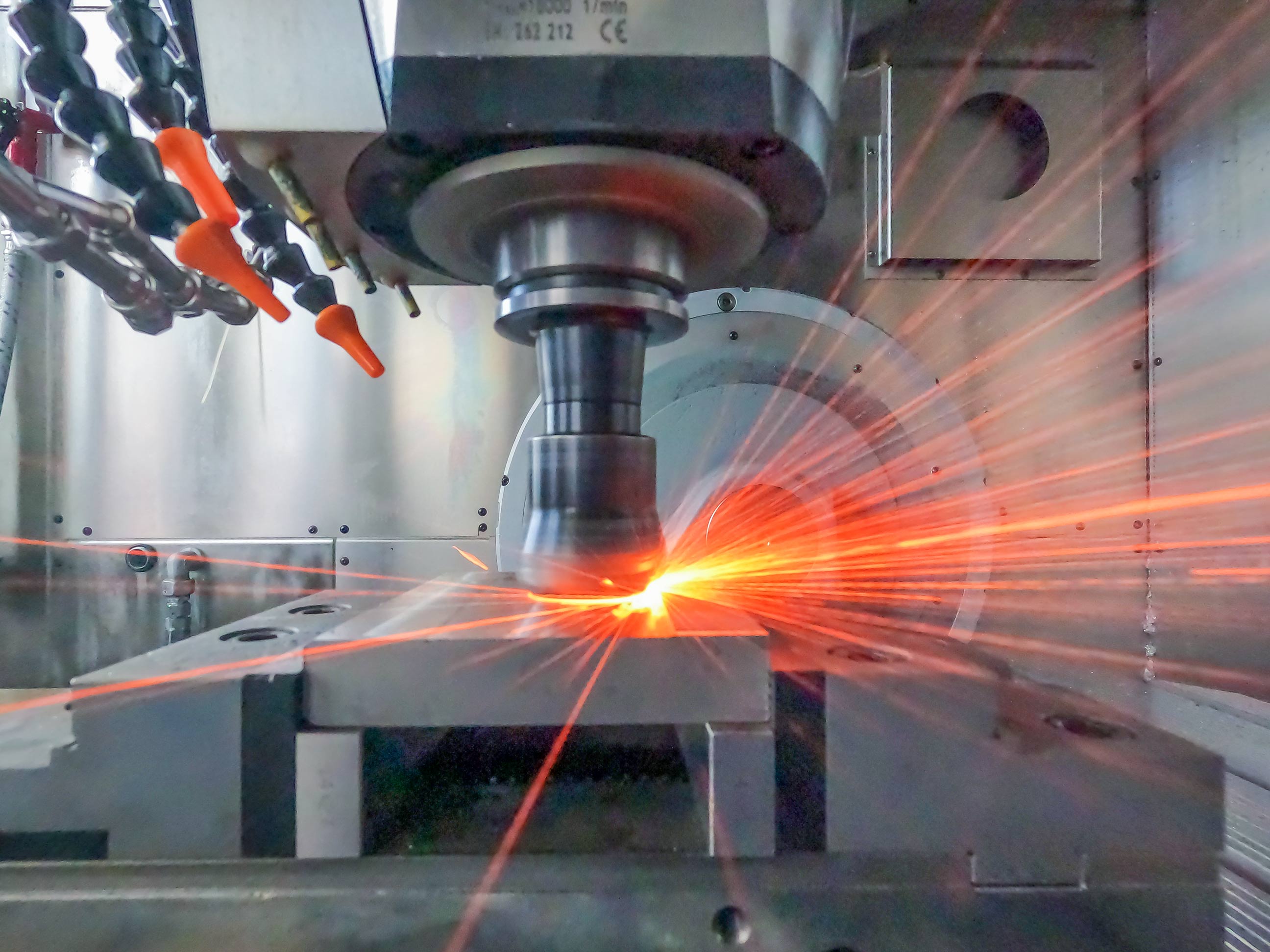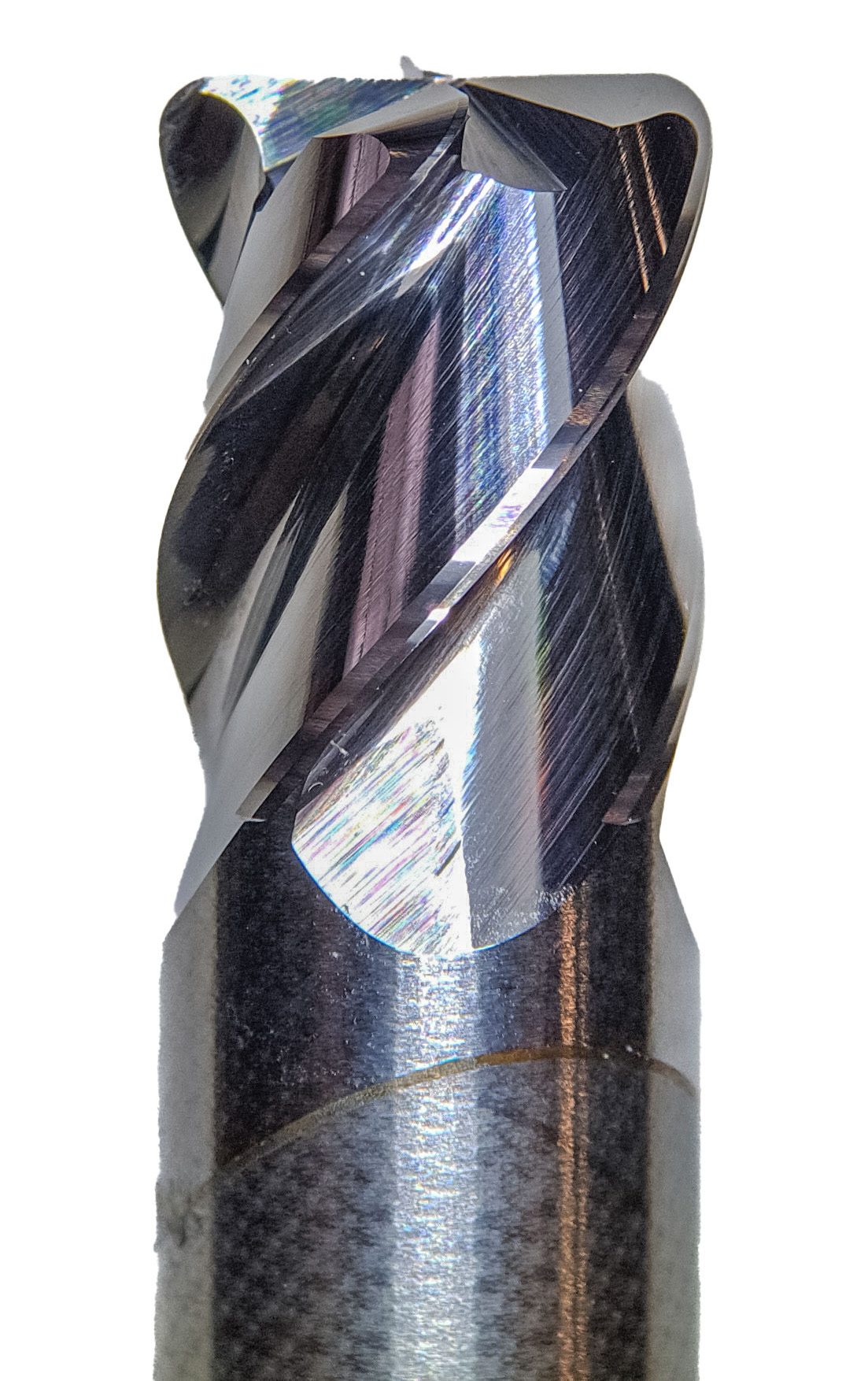Machining is a core expertise at Fraunhofer IPK – and a down-to-earth field. Companies receive support with immediate practical relevance.
As a key area of manufacturing science, machining is firmly anchored at Fraunhofer IPK – from macro to micro scale. It is not a discipline that produces groundbreaking innovations, but: »We support our customers with the hands-on challenges they are facing,« reports Ingmar Thiede, one of the institute's machining experts. Inquiries from companies often concern processes that are generally working but are supposed to be more productive or economical.
The questions and issues are diverse. Often factors such as processing times or tool costs should be reduced while maintaining the same surface quality and dimensional accuracy. Or we receive requests for machining strategies with the appropriate tolerances for new products and materials, or our objective is to reduce the need for post-processing.
 Fraunhofer Institute for Production Systems and Design Technology
Fraunhofer Institute for Production Systems and Design Technology
